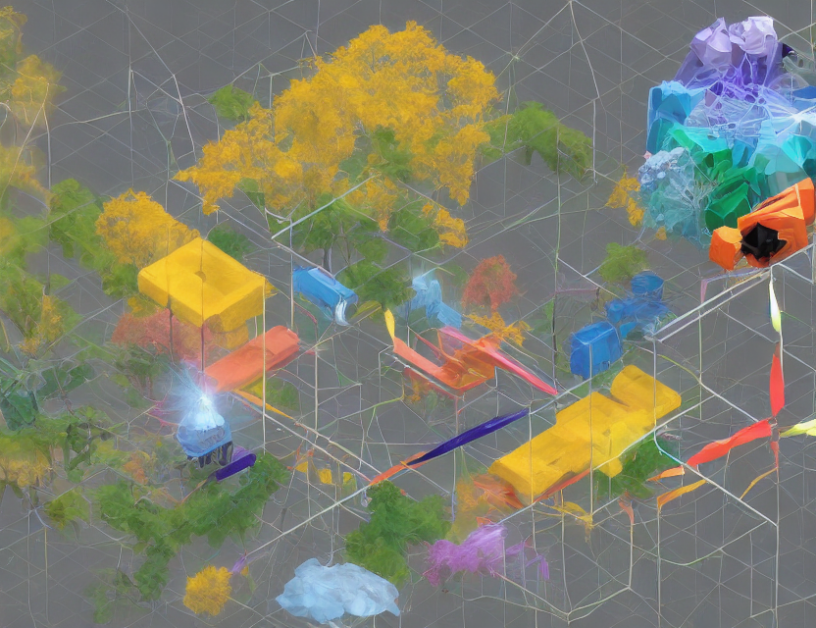In this article, the authors present a comprehensive evaluation of a novel graph neural network (GNN) model called Collective Gating Network (CGT) on various benchmark datasets for different downstream tasks. The authors compare CGT with state-of-the-art GNN methods and graph transformers, demonstrating its superior performance in node classification, graph classification, and link prediction tasks.
To begin with, the authors highlight that existing GNN models suffer from two main limitations: (1) over-smoothing, where nodes lose their individual representations, and (2) under-utilization of the node connectivity information. CGT addresses these challenges by introducing a novel gating mechanism that enables the model to selectively focus on the most relevant nodes in the graph.
The authors then provide an overview of the proposed CGT model, which consists of three main components: (1) a message passing network (MPN) that captures the node connectivity information, (2) a gating module that selectively focuses on the most important nodes, and (3) a transformation function that adapts the node representations based on their connections.
The authors evaluate CGT on six publicly available datasets across different domains: citation networks, co-purchase networks, and reference networks. They compare CGT with several state-of-the-art GNN methods, including Graph Convolutional Networks (GCN), Graph Attention Networks (GAT), and Graph Transformers (GT). The results show that CGT outperforms these baseline methods in most of the datasets, demonstrating its superior performance.
The authors also perform a fairness analysis to evaluate the gender bias in CGT. They use several metrics to measure the gender disparity, including the overall accuracy, macro F1 score, and AUC-ROC. The results show that CGT has a low gender bias, indicating its fairness in node classification tasks.
Finally, the authors conclude by highlighting the contributions of their work and future directions for improving GNNs. They demonstrate that CGT provides a promising solution to overcome the limitations of existing GNN models and paves the way for further research in this area.
In summary, the article presents a novel graph neural network model called Collective Gating Network (CGT) that addresses the over-smoothing and under-utilization challenges in existing GNNs. The authors evaluate CGT on various benchmark datasets and show its superior performance compared to state-of-the-art GNN methods and graph transformers. Additionally, they perform a fairness analysis to demonstrate the model’s gender bias and provide insights for future research directions.
Computer Science, Machine Learning
Community-Aware Graph Transformer for Mitigating Degree Biases in Message Passing



